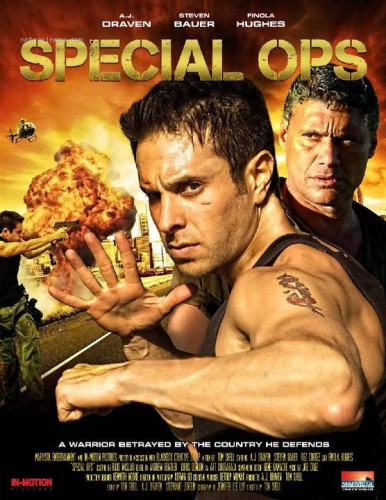By Ralph Raico
Mises.org
[Great Wars and Great Leaders: A Libertarian Rebuttal (2010)]
With the onset of war in Europe, hostilities began in the North Atlantic which eventually provided the context — or rather, pretext — for America’s participation. Immediately, questions of the rights of neutrals and belligerents leapt to the fore.
In 1909, an international conference had produced the Declaration of London, a statement of international law as it applied to war at sea. Since it was not ratified by all the signatories, the declaration never came into effect. However, once war started the United States inquired whether the belligerents were willing to abide by its stipulations. The Central Powers agreed, providing the entente did the same. The British agreed, with certain modifications, which effectively negated the declaration.[1] British “modifications” included adding a large number of previously “free” items to the “conditional” contraband list and changing the status of key raw materials — most important of all, food — to “absolute” contraband, allegedly because they could be used by the German army.
The traditional understanding of international law on this point was expounded a decade and a half earlier by the British prime minister, Lord Salisbury:
Foodstuffs, with a hostile destination, can be considered contraband of war only if they are supplies for the enemy’s forces. It is not sufficient that they are capable of being so used; it must be shown that this was in fact their destination at the time of the seizure.[2]
That had also been the historical position of the US government. But in 1914 the British claimed the right to capture food as well as other previously “conditional contraband” destined not only for hostile but even for neutral ports, on the pretense that they would ultimately reach Germany and thus the German army. In reality, the aim was, as Churchill, First Lord of the Admiralty candidly admitted, to “starve the whole population — men, women, and children, old and young, wounded and sound — into submission.”[3]
Britain now assumed “practically complete control over all neutral trade,” in “flat violation of international laws.”[4] A strong protest was prepared by State Department lawyers but never sent. Instead, Colonel House and Spring-Rice, the British ambassador, conferred and came up with an alternative. Denying that the new note was even a “formal protest,” the United States politely requested that London reconsider its policy. The British expressed their appreciation for the American viewpoint, and quietly resolved to continue with their violations.[5]
In November 1914, the British Admiralty announced, supposedly in response to the discovery of a German ship unloading mines off the English coast, that henceforth the whole of the North Sea was a “military area,” or war zone, which would be mined, and into which neutral ships proceeded “at their own risk.” The British action was in blatant contravention of international law — including the Declaration of Paris, of 1856, which Britain had signed — among other reasons, because it conspicuously failed to meet the criteria for a legal blockade.[6]
The British moves meant that American commerce with Germany was effectively ended, as the United States became the arsenal of the entente. Bound now by financial as well as sentimental ties to England, much of American big business worked in one way or another for the Allied cause. The house of J.P. Morgan, which volunteered itself as coordinator of supplies for Britain, consulted regularly with the Wilson administration in its financial operations for the entente. The Wall Street Journal and other organs of the business elite were noisily pro-British at every turn, until we were finally brought into the European fray.[7]
The United States refused to join the Scandinavian neutrals in objecting to the closing of the North Sea, nor did it send a protest of its own.[8] However, when, in February, 1915, Germany declared the waters around the British Isles a war zone, in which enemy merchant ships were liable to be destroyed, Berlin was put on notice: if any American vessels or American lives should be lost through U-boat action, Germany would be held to a “strict accountability.”[9]
In March, a British steamship, Falaba, carrying munitions and passengers, was torpedoed, resulting in the death of one American, among others. The ensuing note to Berlin entrenched Wilson’s preposterous doctrine — that the United States had the right and duty to protect Americans sailing on ships flying a belligerent flag. Later, John Bassett Moore, for over 30 years professor of international law at Columbia, long-time member of the Hague Tribunal, and, after the war, a judge at the International Court of Justice, stated of this and of an equally absurd Wilsonian principle:
what most decisively contributed to the involvement of the United States in the war was the assertion of a right to protect belligerent ships on which Americans saw fit to travel and the treatment of armed belligerent merchantmen as peaceful vessels. Both assumptions were contrary to reason and to settled law, and no other professed neutral advanced them.[10]
Wilson had placed America on a direct collision course with Germany.
On May 7, 1915, came the most famous incident in the North Atlantic war. The British liner Lusitaniawas sunk, with the loss of 1,195 lives, including 124 Americans, by far the largest number of American victims of German submarines before our entry into the war.[11] There was outrage in the eastern seaboard press and throughout the American social elite and political class. Wilson was livid. A note was fired off to Berlin, reiterating the principle of “strict accountability,” and concluding, ominously, that Germany
will not expect the Government of the United States to omit any word or any act necessary to the performance of its sacred duty of maintaining the rights of the United States and its citizens and of safeguarding their free exercise and enjoyment.[12]
At this time, the British released the Bryce Report on Belgian atrocities. A work of raw entente propaganda, though profiting from the name of the distinguished English writer, the report underscored the true nature of the unspeakable Hun.[13] Anglophiles everywhere were enraged. The Republican Party establishment raised the ante on Wilson, demanding firmer action. The great majority of Americans, who devoutly wished to avoid war, had no spokesmen within the leadership of either of the major parties. America was beginning to reap the benefits of our divinely appointed “bipartisan foreign policy.”
In their reply to the State Department note, the Germans observed that submarine warfare was a reprisal for the illegal hunger blockade; that the Lusitania was carrying munitions of war; that it was registered as an auxiliary cruiser of the British Navy; that British merchant ships had been directed to ram or fire upon surfacing U-boats; and that the Lusitania had been armed.[14]
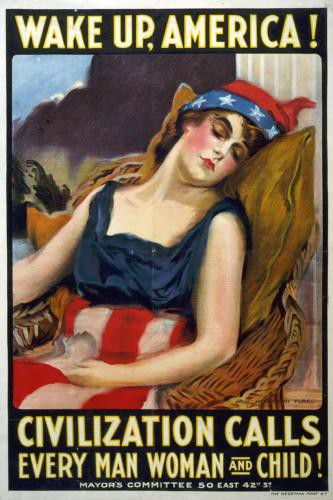 Wilson’s secretary of state, William Jennings Bryan, tried to reason with the president: “Germany has a right to prevent contraband going to the Allies, and a ship carrying contraband should not rely upon passengers to protect her from attack — it would be like putting women and children in front of an army.” He reminded Wilson that a proposed American compromise, whereby Britain would allow food into Germany and the Germans would abandon submarine attacks on merchant ships, had been welcomed by Germany but rejected by England. Finally, Bryan blurted out: “Why be shocked by the drowning of a few people, if there is to be no objection to starving a nation?”[15] In June, convinced that the administration was headed for war, Bryan resigned.[16]
Wilson’s secretary of state, William Jennings Bryan, tried to reason with the president: “Germany has a right to prevent contraband going to the Allies, and a ship carrying contraband should not rely upon passengers to protect her from attack — it would be like putting women and children in front of an army.” He reminded Wilson that a proposed American compromise, whereby Britain would allow food into Germany and the Germans would abandon submarine attacks on merchant ships, had been welcomed by Germany but rejected by England. Finally, Bryan blurted out: “Why be shocked by the drowning of a few people, if there is to be no objection to starving a nation?”[15] In June, convinced that the administration was headed for war, Bryan resigned.[16]
The British blockade was taking a heavy toll, and in February 1916, Germany announced that enemy merchant ships, except passenger liners, would be treated as auxiliary cruisers, liable to be attacked without warning. The State Department countered with a declaration that, in the absence of “conclusive evidence of aggressive purpose” in each individual case, armed belligerent merchant ships enjoyed all the immunities of peaceful vessels.[17] Wilson rejected congressional calls at least to issue a warning to Americans traveling on armed merchant ships that they did so at their own risk. During the Mexican civil war, he had cautioned Americans against traveling in Mexico.[18]But now Wilson stubbornly refused.
Attention shifted to the sea war once more when a French passenger ship, the Sussex, bearing no flag or markings, was sunk by a U-boat, and several Americans injured. A harsh American protest elicited the so-called Sussex pledge from a German government anxious to avoid a break: Germany would cease attacking without warning enemy merchant ships found in the war zone. This was made explicitly conditioned, however, on the presumption that “the Government of the United States will now demand and insist that the British Government shall forthwith observe the rules of international law.” In turn, Washington curtly informed the Germans that their own responsibility was “absolute,” in no way contingent on the conduct of any other power.[19] As Borchard and Lage commented:
This persistent refusal of President Wilson to see that there was a relation between the British irregularities and the German submarine warfare is probably the crux of the American involvement. The position taken is obviously unsustainable, for it is a neutral’s duty to hold the scales even and to favor neither side.[20]
But in reality, the American leaders were anything but neutral.
Anglophile does not begin to describe our ambassador to London, Walter Hines Page, who, in his abject eagerness to please his hosts, displayed all the qualities of a good English spaniel. Afterwards, Edward Grey wrote of Page, “From the first he considered that the United States could be brought into the war early on the side of the Allies if the issue were rightly presented to it and a great appeal made by the President.”
“Page’s advice and suggestion were of the greatest value in warning us when to be careful or encouraging us when we could safely be firm.” Grey recalled in particular one incident, when Washington contested the right of the Royal Navy to stop American shipments to neutral ports. Page came to him with the message. “‘I am instructed,’ he said, ‘to read this despatch to you.’ He read and I listened. He then added: ‘I have now read the despatch, but I do not agree with it; let us consider how it should be answered.’” Grey, of course, regarded Page’s conduct as “the highest type of patriotism.”[21]
Page’s attitude was not out of place among his superiors in Washington. In his memoirs, Bryan’s successor as Secretary of State, Robert Lansing, described how, after the Lusitania episode, Britain “continued her policy of tightening the blockade and closing every possible channel by which articles could find their way to Germany,” committing ever more flagrant violations of our neutral rights. In response to State Department notes questioning these policies, the British never gave the slightest satisfaction. They knew they didn’t have to. For, as Lansing confessed:
in dealing with the British Government there was always in my mind the conviction that we would ultimately become an ally of Great Britain and that it would not do, therefore, to let our controversies reach a point where diplomatic correspondence gave place to action.
Once joining the British, “we would presumably wish to adopt some of the policies and practices, which the British adopted,” for then we, too, would be aiming to “destroy the morale of the German people by an economic isolation, which would cause them to lack the very necessaries of life.” With astounding candor, Lansing disclosed that the years-long exchange of notes with Britain had been a sham:
everything was submerged in verbiage. It was done with deliberate purpose. It insured the continuance of the controversies and left the questions unsettled, which was necessary in order to leave this country free to act and even act illegally when it entered the war.[22]
Colonel House, too, was distinctly unneutral. Breaking with all previous American practice, as well as with international law, House maintained that it was the character of the foreign government that must decide which belligerent a “neutral” United States should favor. When in September 1914, the Austrian ambassador complained to House about the British attempt to starve the peoples of Central Europe — “Germany faces famine if the war continues” — House smugly reported the interview to Wilson: “He forgot to add that England is not exercising her power in an objectionable way, for it is controlled by a democracy.”[23]
In their president, Page, Lansing, and House found a man whose heart beat as theirs. Wilson confided to his private secretary his deep belief: “England is fighting our fight and you may well understand that I shall not, in the present state of the world’s affairs, place obstacles in her way.… I will not take any action to embarrass England when she is fighting for her life and the life of the world.”[24]
Meanwhile, Colonel House had discovered a means to put the impending American entry into war to good use — by furthering the cause of democracy and “turning the world into the right paths.” The author of Philip Dru: Administrator revealed his vision to the president who “knew that God had chosen him to do great things.”[25] The ordeal by fire would be a hard one, but “no matter what sacrifices we make, the end will justify them.” After this final battle against the forces of reaction, the United States would join with other democracies to uphold the peace of the world and freedom on both land and sea, forever. To Wilson, House spoke words of seduction: “This is the part I think you are destined to play in this world tragedy, and it is the noblest part that has ever come to a son of man. This country will follow you along such a path, no matter what the cost may be.”[26]
As the British leaders had planned and hoped, the Germans were starving. On January 31, 1917, Germany announced that the next day it would begin unrestricted submarine warfare. Wilson was stunned, but it is difficult to see why. This is what the Germans had been implicitly threatening for years, if nothing was done to end the illegal British blockade.
The United States severed diplomatic relations with Berlin. The president decided that American merchant ships were to be armed and defended by American sailors, thus placing munitions and other contraband sailing to Britain under the protection of the US Navy. When 11 senators, headed by Robert La Follette, filibustered the authorization bill, a livid Wilson denounced them: “A little group of willful men, representing no opinion but their own, have rendered the great Government of the United States helpless and contemptible.” Wilson hesitated to act, however, well aware that the defiant senators represented far more than just themselves.

There were troubling reports — from the standpoint of the war party in Washington — like that from William Durant, head of General Motors. Durant telephoned Colonel House, entreating him to stop the rush to war; he had just returned from the West and met only one man between New York and California who wanted war.[27] But opinion began to shift and gave Wilson the opening he needed. A telegram, sent by Alfred Zimmermann of the German Foreign Office to the Mexican government, had been intercepted by British intelligence and forwarded to Washington. Zimmermann proposed a military alliance with Mexico in case war broke out between the United States and Germany. Mexico was promised the American Southwest, including Texas. The telegram was released to the press.
For the first time backed by popular feeling, Wilson authorized the arming of American merchant ships. In mid-March, a number of freighters entering the declared submarine zone were sunk, and the president called Congress into special session for April 2.
Given his war speech, Woodrow Wilson may be seen as the anti-Washington. George Washington, in his Farewell Address, advised that “the great rule of conduct for us in regard to foreign nations is, in extending our commercial relations, to have with them as little political connection as possible” (emphasis in original). Wilson was also the anti-John Quincy Adams. Adams, author of the Monroe Doctrine, declared that the United States of America “does not go abroad in search of monsters to destroy.” Discarding this whole tradition, Wilson put forward the vision of an America that was entangled in countless political connections with foreign powers and on perpetual patrol for monsters to destroy. Our purpose in going to war was
to fight thus for the ultimate peace of the world and for the liberation of its peoples, the German people included: for the rights of nations great and small and the privilege of men everywhere to choose their way of life and of obedience. The world must be made safe for democracy … [we fight] for a universal dominion of right by such a concert of free peoples as shall bring peace and safety to all nations and make the world at last free.[28]
Wilson was answered in the Senate by Robert La Follette, and in the House by the Democratic leader Claude Kitchin, to no avail.[29] In Congress, near-hysteria reigned, as both chambers approved the declaration of war by wide margins. The political class and its associates in the press, the universities, and the pulpits ardently seconded the plunge into world war and the abandonment of the America that was. As for the population at large, it acquiesced, as one historian has remarked, out of general boredom with peace, the habit of obedience to its rulers, and a highly unrealistic notion of the consequences of America’s taking up arms.[30]
Three times in his war message, Wilson referred to the need to fight without passion or vindictiveness — rather a professor’s idea of what waging war entailed. The reality for America would be quite different.
Notes
[1] Charles Callan Tansill, America Goes to War (Gloucester, Mass.: Peter Smith, 1963 [1938]),pp. 135–62.
[2] Ibid., p. 148.
[3] Cited in H.C. Peterson, Propaganda for War: The Campaign against American Neutrality, 1914–1917(Norman, Okla.: University of Oklahoma Press, 1939),p. 83. As Lord Devlin put it, the Admiralty’s orders “were clear enough. All food consigned to Germany through neutral ports was to be captured, and all food consigned to Rotterdam was to be presumed consigned to Germany.… The British were determined on the starvation policy, whether or not it was lawful.” Patrick Devlin, Too Proud to Fight: Woodrow Wilson’s Neutrality (New York: Oxford University Press, 1975), pp. 193, 195.
[4] Edwin Borchard and William Pooter Lage, Neutrality for the United States (New Haven, Conn.: Yale University Press, 1937), p. 61.
[5] Borchard and Lage, Neutrality, pp. 62–72. The US ambassador in London, Walter Hines Page, was already showing his colors. In October, he sent a telegram to the State Department, denouncing any American protests against British interference with neutral rights. “This is not a war in the sense we have hitherto used the word. It is a world-clash of systems of government, a struggle to the extermination of English civilization or of Prussian military autocracy. Precedents have gone to the scrap heap.”
[6] See Ralph Raico, “The Politics of Hunger: A Review,” in Review of Austrian Economics, vol. 3 (1989), p. 254, and the sources cited. The article is included in the present volume.
[7] Tansill, America Goes to War, pp. 132–33: “The Wall Street Journal was never troubled by a policy of ‘editorial neutrality,’ and as the war progressed it lost no opportunity to condemn the Central Powers in the most unmeasured terms.”
[8] Ibid., pp. 177–78.
[9] Robert M. La Follete, the progressive senator from Wisconsin, scathingly exposed Wilson’s double standard in a speech on the Senate floor two days after Wilson’s call for war. It is reprinted in the vital collection, Murray Polner and Thomas E. Woods, Jr., eds., We Who Dared to Say No to War: American Antiwar Writing from 1812 to Now (New York: Basic Books, 2008), pp. 123–32.
[10] H.C. Peterson, Propaganda for War: The Campaign against American Neutrality, 1914–1917 (Norman, Okla.: University of Oklahoma Press, 1939),p. 112. Cf. Borchard and Lage, Neutrality, p. 136 (emphasis in original): “there was no precedent or legal warrant for a neutral to protect a belligerent ship from attack by its enemy because it happened to have on board American citizens. The exclusive jurisdiction of the country of the vessel’s flag, to which all on board are subject, is an unchallengeable rule of law.”
[11] On the possible involvement of Winston Churchill, First Lord of the Admiralty, in the genesis of this disaster, see “Rethinking Churchill,” in the present volume.
[12] Thomas G. Paterson, ed., Major Problems in American Foreign Policy. Documents and Essays, vol. 2, Since 1914, 2nd ed. (Lexington, Mass.: D. C. Heath, 1978), pp. 30–32.
[13] On the fraudulence of the Bryce Report, see Read, Atrocity Propaganda, pp. 201–08; Peterson,Propaganda for War, pp. 51–70; and Knightley, The First Casualty, pp. 83–84, 107.
[14] Tansill, America Goes to War, p. 323. The German captain of the U-boat that sank the Lusitaniaafterwards pointed out that British captains of merchant ships had already been decorated or given bounties for ramming or attempting to ram surfaced submarines; see also Peterson, Propaganda for War, p. 114.
[15] William Jennings Bryan and Mary Baird Bryan, The Memoirs of William Jennings Bryan (Philadelphia: John C. Winston, 1925), pp. 397–99; Tansill, America Goes to War, pp. 258–59.
[16] To my mind, Bryan’s antiwar position and principled resignation more than make up for his views on evolution, despite H. L. Mencken’s attempted demolition of Bryan in a well-known essay.
[17] Edwin Borchard and William Pooter Lage, Neutrality for the United States (New Haven, Conn.: Yale University Press, 1937),pp. 122–24. John Bassett Moore was scathing in his denunciation of Wilson’s new doctrine, that an armed merchant ship enjoyed all the rights of an unarmed one. Citing precedents going back to Supreme Court Justice John Marshall, Moore stated that: “By the position actually taken, the United States was committed, while professing to be a neutral, to maintain a belligerent position.” Alex Mathews Arnett, Claude Kitchin and the Wilson War Policies (New York: Russell and Russell, 1971 [1937]), pp. 157–58.
[18] In fact, during the Mexican conflict, Wilson had prohibited outright the shipment of arms to Mexico. As late as August, 1913, he declared: “I shall follow the best practice of nations in this matter of neutrality by forbidding the exportation of arms or munitions of war of any kind from the United States to any part of the Republic of Mexico.” Tansill, America Goes to War, p. 64.
[19] Ibid., pp. 511–15.
[20] Borchard and Lage, Neutrality, p. 168.
[21] Edward Grey, Viscount Grey of Fallodon, Twenty-Five Years. 1892–1916 (New York: Frederick A. Stokes, 1925), pp. 101–02, 108–11.
[22] Robert Lansing, War Memoirs (Indianapolis: Bobbs–Merrill, 1935), pp. 127–28.
[23] Charles Seymour, ed., The Intimate Papers of Colonel House (Boston: Houghton Mifflin, 1926), vol. 1, p. 323.
[24] Joseph P. Tumulty, Woodrow Wilson as I Know Him (New York: Doubleday, Page, 1921), p. 231. Proofs such as these that our leaders had shamelessly lied in their protestations of neutrality were published in the 1920s and ’30s. This explains the passion of the anti-war movement before the Second World War much better than the imaginary “Nazi sympathies” or “anti-Semitism” nowadays invoked by ignorant interventionist writers. As Susan A. Brewer writes in Why America Fights: Patriotism and War Propaganda from the Philippines to Iraq (New York: Oxford University Press 2009), p. 280, “The Committee on Public Information presented the war as a noble crusade fought for democracy against demonized Germans. Such a portrayal was overturned by unfulfilled war aims overseas, the abuse of civil liberties at home, and revelations of false atrocity propaganda. In the years that followed Americans expressed distrust of government propaganda and military intervention in what they considered to be other people’s wars.” This helps account for the appearance from time to time of debunking works of popular revisionism by authors infuriated by the facts they discovered, such as C. Hartley Grattan, Why We Fought (Indianapolis: Bobbs–Merrill, 1969 [1929]); Walter Millis, Road to War: America 1914–1917 (Boston: Houghton Mifflin, 1935); and later Charles L. Mee, Jr., The End of Order: Versailles 1919 (New York: E. P. Dutton, 1980); and Walter Karp’s invaluable, The Politics of War: The Story of Two Wars which Altered Forever the Political Life of the American Republic (1890–1920) (New York: Harper and Row, 1979).
[25] Walter A. McDougall, Promised Land, Crusader State: The American Encounter with the World since 1776(Boston/New York: Houghton Mifflin, 1997),p. 127.
[26] Seymour, The Intimate Papers of Colonel House, vol. 1, p. 470; vol. 2, p. 92.
[27] Seymour, The Intimate Papers of Colonel House, vol. 2, p. 448.
[28] The Papers of Woodrow Wilson, January 24-April 6, 1917, Arthur S. Link, ed. (Princeton, N.J.: Princeton University Press, 1983), vol. 41, pp. 525–27.
[29] See Robert M. La Follette, “Speech on the Declaration of War against Germany,” in Arthur A. Ekirch, Jr., ed., Voices in Dissent: An Anthology of Individualist Thought in the United States (New York: Citadel Press, 1964), pp. 211–22; and Arnett, Claude Kitchin, pp. 227–35.
[30] Otis L. Graham, Jr., The Great Campaigns: Reform and War in America, 1900–1928 (Malabar, Fla.: Robert E. Krieger, 1987), p. 89.
The Best of Ralph Raico
Ralph Raico, Professor Emeritus in European history at Buffalo State College is a senior fellow of the Mises Institute. He is a specialist on the history of liberty, the liberal tradition in Europe, and the relationship between war and the rise of the state. He is the author of The Place of Religion in the Liberal Philosophy of Constant, Tocqueville, and Lord Acton. You can study the history of civilization under his guidance here: MP3-CD and Audio Tape. Send him mail.
Previous article by Ralph Raico: Universal Church, Tiny States, Private Property



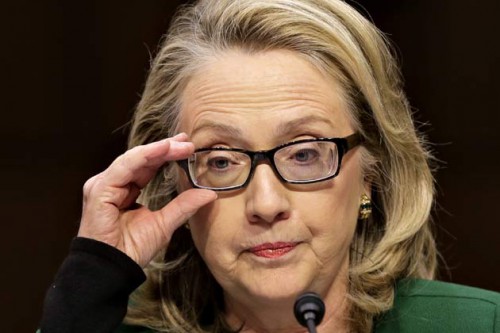
 «What is it about America's women diplomats? They seem so hard and cloned – bereft of any humanity or intelligence. Presumably, these women are supposed to represent social advance for the female gender. But, far from displaying female independence, they are just a pathetic copy of the worst traits in American male politicians – aggressive, arrogant and completely arrant in their views.
«What is it about America's women diplomats? They seem so hard and cloned – bereft of any humanity or intelligence. Presumably, these women are supposed to represent social advance for the female gender. But, far from displaying female independence, they are just a pathetic copy of the worst traits in American male politicians – aggressive, arrogant and completely arrant in their views. 
 del.icio.us
del.icio.us
 Digg
Digg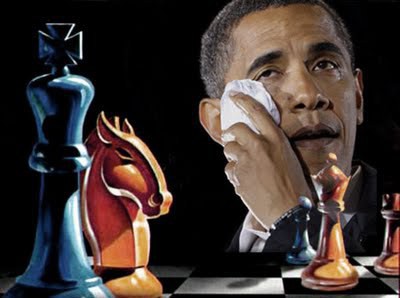
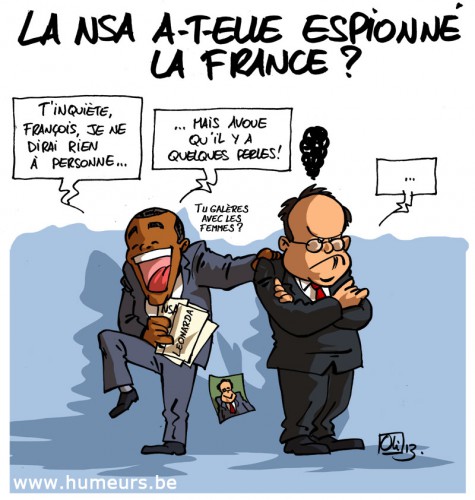
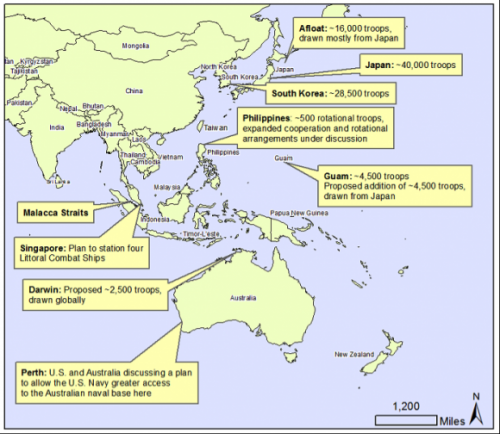
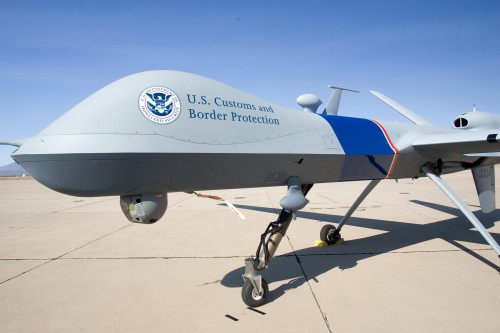

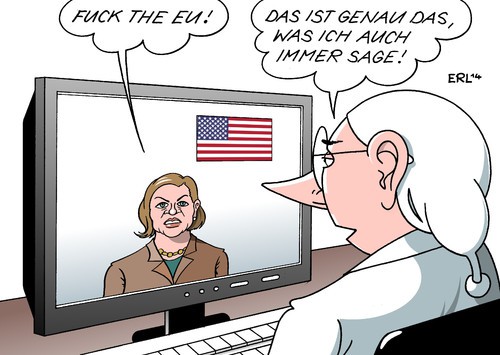
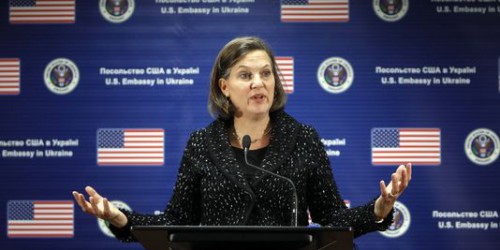
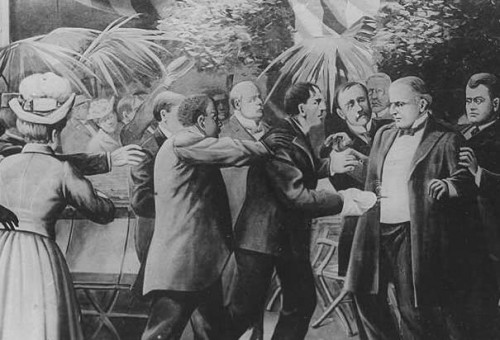
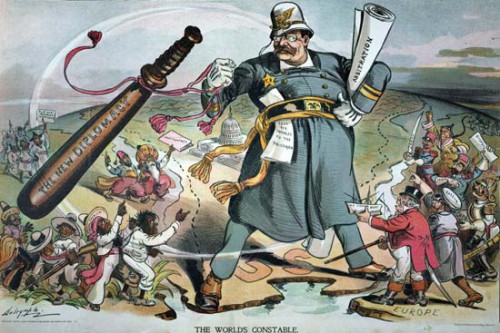
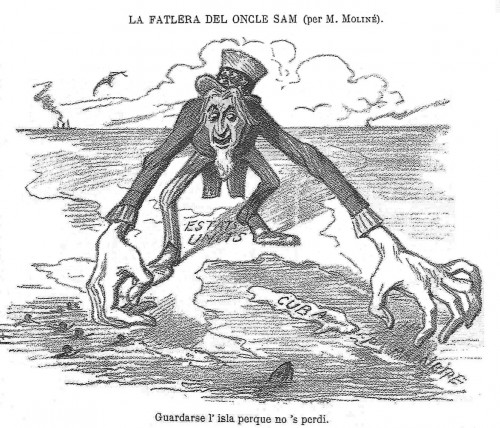
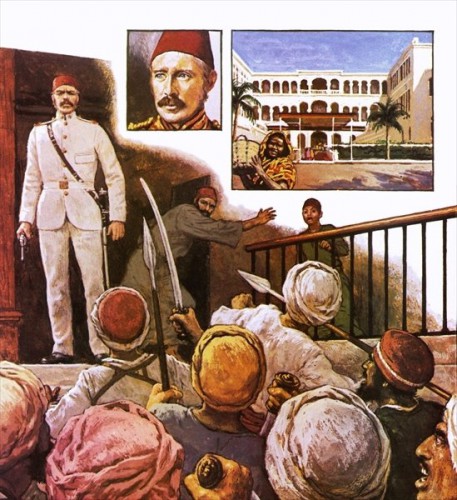
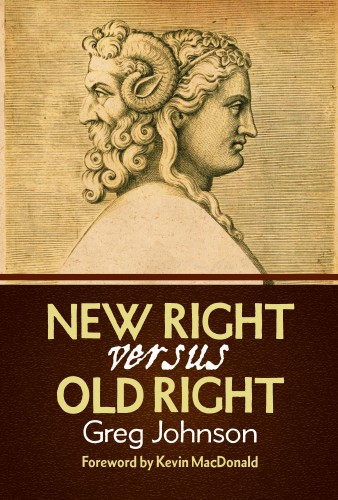
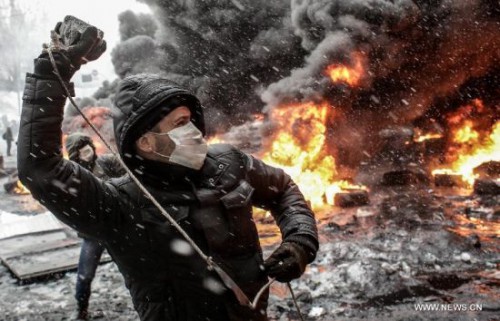
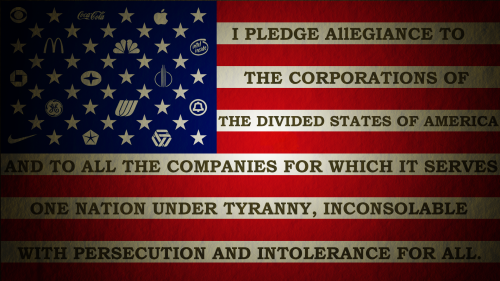







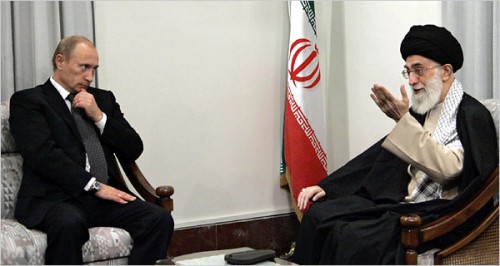
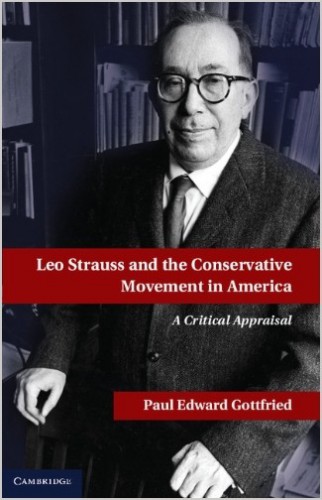 Paul Gottfried’s admirable book on Leo Strauss is an unusual and welcome critique from the Right.
Paul Gottfried’s admirable book on Leo Strauss is an unusual and welcome critique from the Right.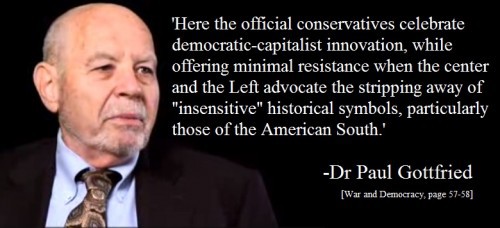

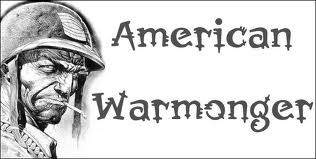 Throughout the nineteenth century, the United States fought with the British, Mexican, Japanese, Nicaragua, Hawaii, and the Philippines, not to mention dozens of local military operations. As a result, the territories of modern states of California, New Mexico, Arizona, Nevada, and Utah were conquered. Protectorate was established over Hawaii, the U.S. military government was introduced in Cuba, and a colonial regime established in the Philippines.
Throughout the nineteenth century, the United States fought with the British, Mexican, Japanese, Nicaragua, Hawaii, and the Philippines, not to mention dozens of local military operations. As a result, the territories of modern states of California, New Mexico, Arizona, Nevada, and Utah were conquered. Protectorate was established over Hawaii, the U.S. military government was introduced in Cuba, and a colonial regime established in the Philippines.

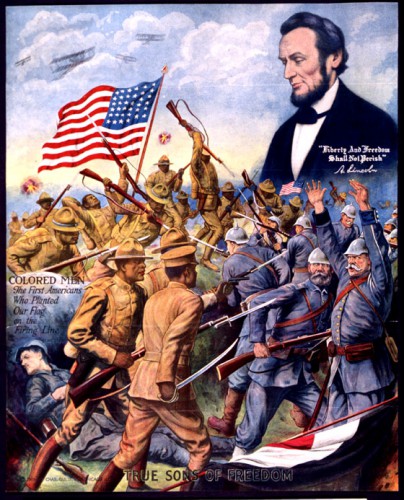
 Wilson’s secretary of state, William Jennings Bryan, tried to reason with the president: “Germany has a right to prevent contraband going to the Allies, and a ship carrying contraband should not rely upon passengers to protect her from attack — it would be like putting women and children in front of an army.” He reminded Wilson that a proposed American compromise, whereby Britain would allow food into Germany and the Germans would abandon submarine attacks on merchant ships, had been welcomed by Germany but rejected by England. Finally, Bryan blurted out: “Why be shocked by the drowning of a few people, if there is to be no objection to starving a nation?”
Wilson’s secretary of state, William Jennings Bryan, tried to reason with the president: “Germany has a right to prevent contraband going to the Allies, and a ship carrying contraband should not rely upon passengers to protect her from attack — it would be like putting women and children in front of an army.” He reminded Wilson that a proposed American compromise, whereby Britain would allow food into Germany and the Germans would abandon submarine attacks on merchant ships, had been welcomed by Germany but rejected by England. Finally, Bryan blurted out: “Why be shocked by the drowning of a few people, if there is to be no objection to starving a nation?”
